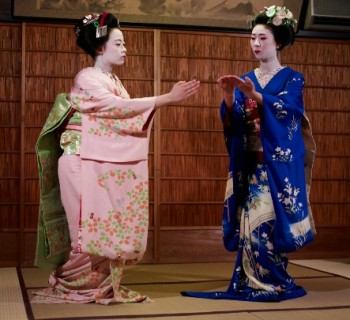Coat of arms of Japan

The Land of the Rising Sun has always been a mystery to the European. Culture, language, traditions - everything is radically different. Striving for simplicity, minimalism and the deepest meaning behind this seeming simplicity and primitiveness. Even such a concept as the coat of arms of Japan is absent, among the state symbols there is only a flag.
At the same time, the imperial seal can be counted among the state emblems of this country, because how else can one explain its appearance on the passports of the Japanese.
Simplicity and meaning
In choosing an image for the main emblem of their state, the Japanese showed their originality. They did not invent complex designs with many details and elements. The imperial seal of Japan is an image of a chrysanthemum flower with 16 upper petals of yellow or orange color and the same number of lower ones.
But this Japanese symbol has such a long history that many eminent kingdoms of Europe never dreamed of. The emblem in the form of a modest chrysanthemum appeared as an official symbol of the Japanese emperors and members of their families back in the 12th century..
The very first who marked his time in power with this symbol was the emperor Go-Toba. In addition to being considered the eighty-second emperor of Japan (reigned from 1183 to 1198), he is also a poet. He was engaged in the compilation of poetic anthologies, conducted and participated in the competitions of poets, prepared several collections of his own works. Perhaps a subtle poetic soul pushed Emperor Go-Toba to use a thin and delicate chrysanthemum as a personal seal..
True, as a sign of the family of the imperial family, this flower began to be used only since 1869. Two years later, it was forbidden for anyone to use the seal with the image of the chrysanthemum, except for the emperor of Japan. The ban was in effect until the end of World War II.
At the same time, the emperor himself could use a seal with a 16-petal chrysanthemum, and his family members had the right to a seal with a flower with 14 petals..
Modern life of an ancient symbol
Chrysanthemum, as an unofficial emblem of Japan, still appears in certain places or on documents, namely:
- on foreign passports of residents of Japan;
- on the buildings of Japanese diplomatic missions abroad;
- in the attributes of various politicians and diplomats.
The apparent simplicity of the image shows the fragility of being and the transience of life. She demonstrates the ability of the Japanese to see the simple in the complex, and the complex in the most primitive things..


